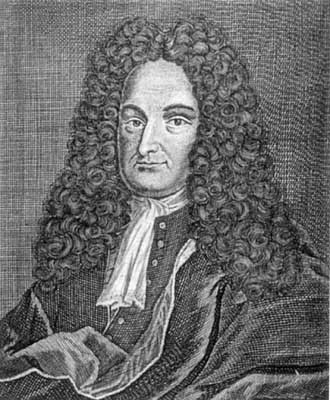
Text: Mathematics for the Physical Sciences (Term 1), by Groszek and Mook available at Thayer Copy Center in Thayer Dining Hall (upstairs).
Grade: Depending on which total grade is higher, your
grade will be determined either as
homework (10% of your grade),
2 midterms exam (30% of your grade each),
and a final exam (the remaining 30% of your grade)
Exam Times: We will have exams on the evenings of October 12th and November 9th from 7-9 p.m.. Our final will be on Sunday December 5th at 3:00 p.m.. You are expect to be free at these times and must discuss any legitimate conflicts with Instructor Leibon during the first week of class.
Class Log: The homework assignments and exam dates can be
found in the class log.
When possible, you will have two homework assignments due each week week
of the quarter, due on Wednesday and Friday (since tutorial help is
available on Tuesdays sand
Thursdays). Your homework will only be graded if
we can find your name and the assignment's number on it. If you intend to
turn in multiple pages, then these pages
Honor Principle: On the exams, no help is to be given or received. On the homework, collaboration is permitted and encouraged, but NO COPYING. In other words, you should feel free to talk to other students while you are in the process of thinking about a problem. However, when it comes time to write up your solutions, you must do this by yourself without outside assistance.
Students with disabilities: We encourage students with disabilities, including "invisible" disabilities like chronic diseases and learning disabilities, to discuss with us any appropriate accommodations that might be helpful.
Tutorial Sessions : There is a tutorial session every Thursday and Thursday evening from 7-9 in Reed Room 104 where you can receive advice on the course material (except during Thanksgiving break).
X-Session: The X-session may be used to if we get
behind in the syllabus or we are forced to cancel lectures.
For example, we
Rough Syllabus ( Detailed Syllabus ): Integrated Mathematics and Physical Science is a calculus course designed especially for students enrolled concurrently in Physics 15 or Physics 13. We will make a special effort to connect math topics with applications in the physical science and the material you are learning in physics. Math 15.1 and 15.2 give the preparation of Math 8 and 13 with the added bonus of being with other engineering, physics and chemistry majors.*
A prerequisite to this course is a basic understanding of the calculus of functions of one variable. In order to study physical systems in a world that appears to have three spacial dimensions, one will clearly need to extend the the notions of one variable calculus to at least 3 dimensions. In this course we begin this extension. (For example: we will study vectors, Euclidean geometry, vector functions of one variable, line integrals, functions of 2 and three variables, and the gradient.)
The language of calculus is useful in the description a of a wide variety of physical systems. In particular, the laws governing such systems are often phrased using a differential equation. This course will also serve a an introduction to the study of such differential equations. (For example: we will study first-order differential equations and second-order constant-coefficient differential equations.)

*Comment: After taking Math 15.1 a student may transfer into Math 13. However, that student should take a look at the math 8 syllabus. In particular, such a student should attempt to learn the optimization techniques covered in math 8 (sections 15.7 and 15.8 in Stewart's calculus); a topic entirely skipped in Math 15.1 in order to make room for second-order constant-coefficient differential equations and the study of the harmonic oscillator.